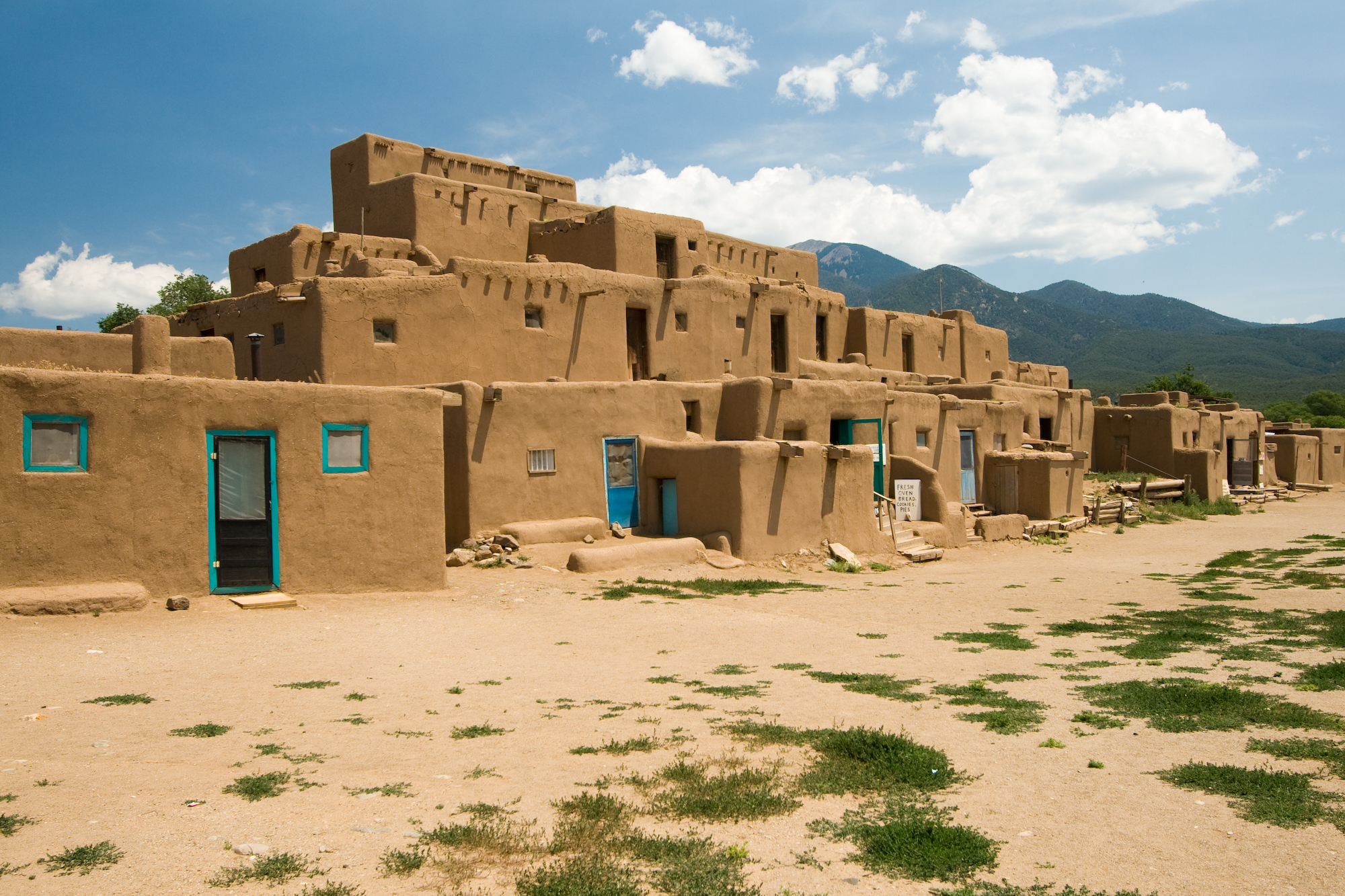Pueblo uprising of 1680
Pueblo uprising in Santa Fe
After finding wealth in Mexico, the Spaniards turned north and expanded their empire into the lands of the Pueblo people. The Spaniards expected modern New Mexico to provide gold and silver, but they were wrong. Instead, they established a political base in Santa Fe in 1610, calling it the capital of the Kingdom of New Mexico. It became an outpost of the larger Spanish Viceroyalty of New Spain, headquartered in Mexico City. As in other Spanish colonies, missionaries built churches and forced the Pueblos to convert to Catholicism, requiring the natives to abandon their religious practices altogether. They focused their missionary projects on young pueblos, distracting them from their parents and traditions. The Spaniards demanded corn and labor from the Pueblos, but a long drought hampered production and increased tensions in Santa Fe. Pueblo also suffered increasing attacks on its villages by rival indigenous groups. Pueblo leader and witch doctor, the Pope instituted a response to persecution and violence, a return to indigenous practices. He promoted the idea that "when Jesus came, the mother of the corn left." This was a brief account of the displacement of indigenous traditions by Spanish culture and religion. In 1680 the Pueblos launched a coordinated attack against Spain. The Pueblos, Navajos, and Apaches of the area rallied and planned to attack Santa Fe when the Spanish army was short on supplies. They laid siege to the city for nine days and cut off the Spanish water supply. The rebellion, also known as the Papal Rebellion, killed over 400 Spaniards and drove his remaining 2,000 Spanish settlers south into Mexico. The rebellion participants also destroyed many mission churches to reduce the physical presence of Catholics on Pueblo land. Pueblo historian Joe S. Sand refers to this movement as the "First American Revolution." Pueblo rebuilt religious institutions and his own government for the next 12 years of independence. However, with drought and continued attacks from hostile tribes, the Spaniards felt an opportunity to regain their footing. Spanish forces returned in 1692 and reclaimed control of the area.
 Native American resistance
Native American resistance
The Spaniards recaptured Santa Fe from Pueblo, but their missionary vision was somewhat marred by the turbulent mood of the uprising. Many pueblos tacitly opposed Catholicism and adapted their own cultural practices to the norms enacted by the Spaniards. This led to religious syncretism, the fusion of the different religious cultures of Pueblo and Spain. The Spaniards also gradually reduced the demand for labor and the harsh practices of the encomienda system. Over the next few centuries, Pueblo customs began to shape New Mexico's culture and continue to have a great influence today.